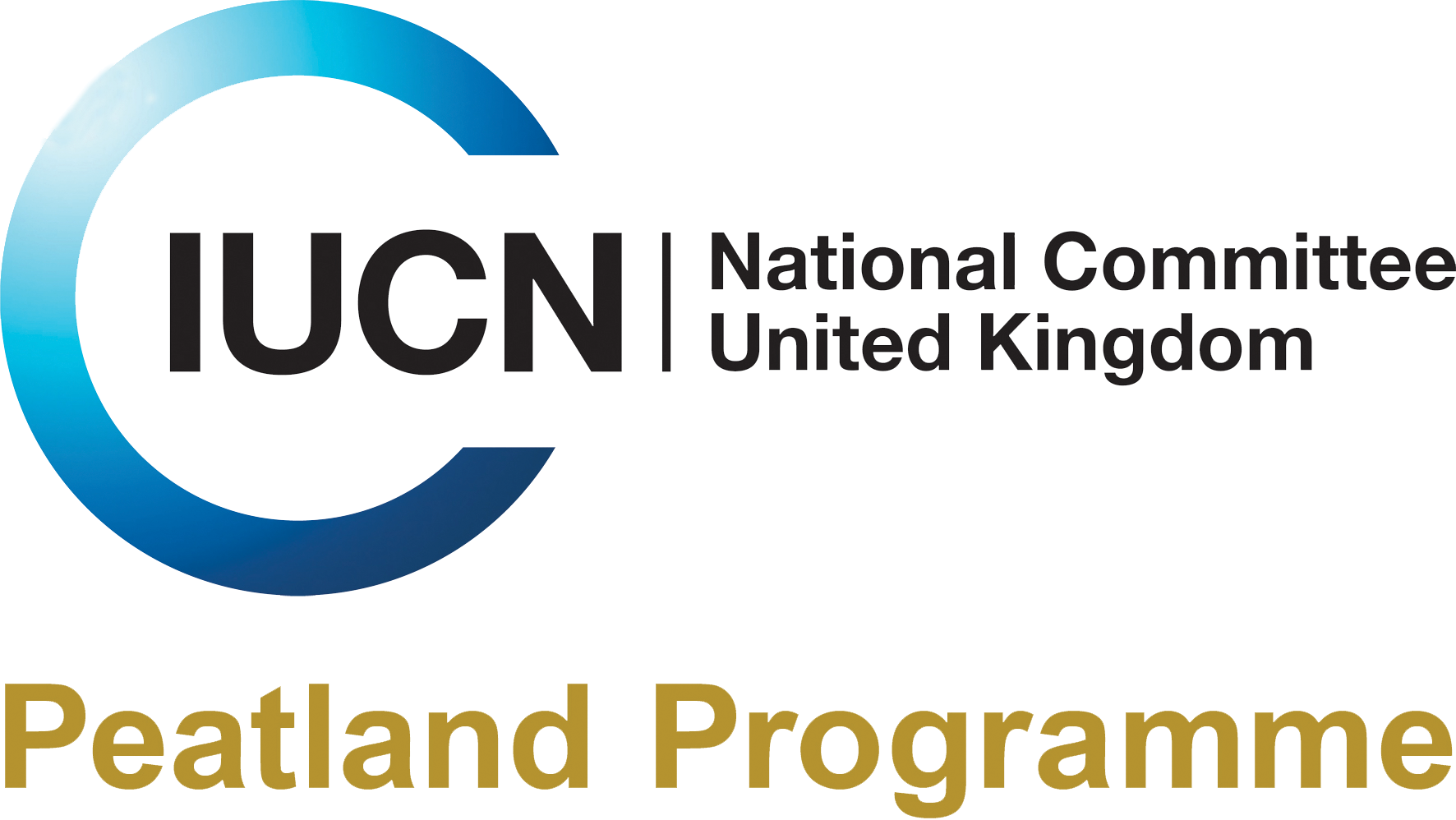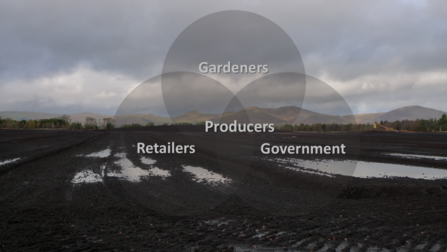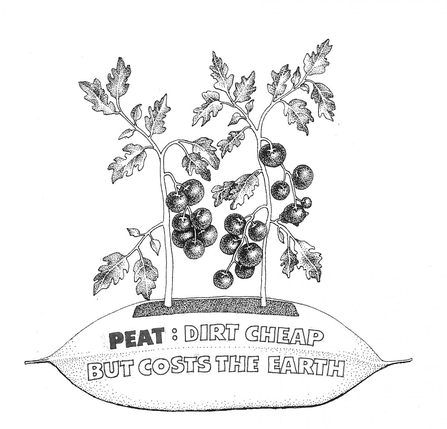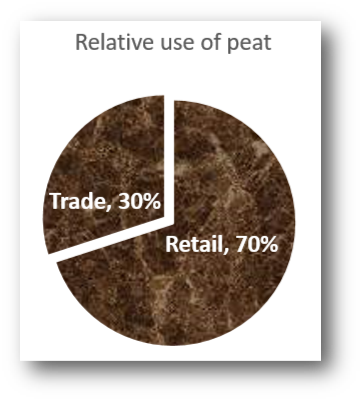By Ben McCarthy, Plantlife International
30 years ago Plantlife’s then CEO Jane Smart, now IUCN’s Global Director of IUCN’s Biodiversity Conservation Group and Director of IUCN’s Global Species Programme, launched an appeal to protect our peatlands, in what was Plantlife’s first campaign.
As Plantlife celebrates its 30th birthday much has changed however the drive to protect our special peatlands remains a critical environmental cause.
The combined effort of NGOs and government agencies in the 1980s and 1990s resulted in many of the UK’s peatlands receiving statutory protection from afforestation, agriculture and milling. Collective efforts even resulted in government buy-outs of mining rights in places like the Humberhead Levels. Slowly these sites are being restored to their full functioning glory; sucking up and storing carbon, slowing the release of flood water as well as supporting some fabulous wildlife.



